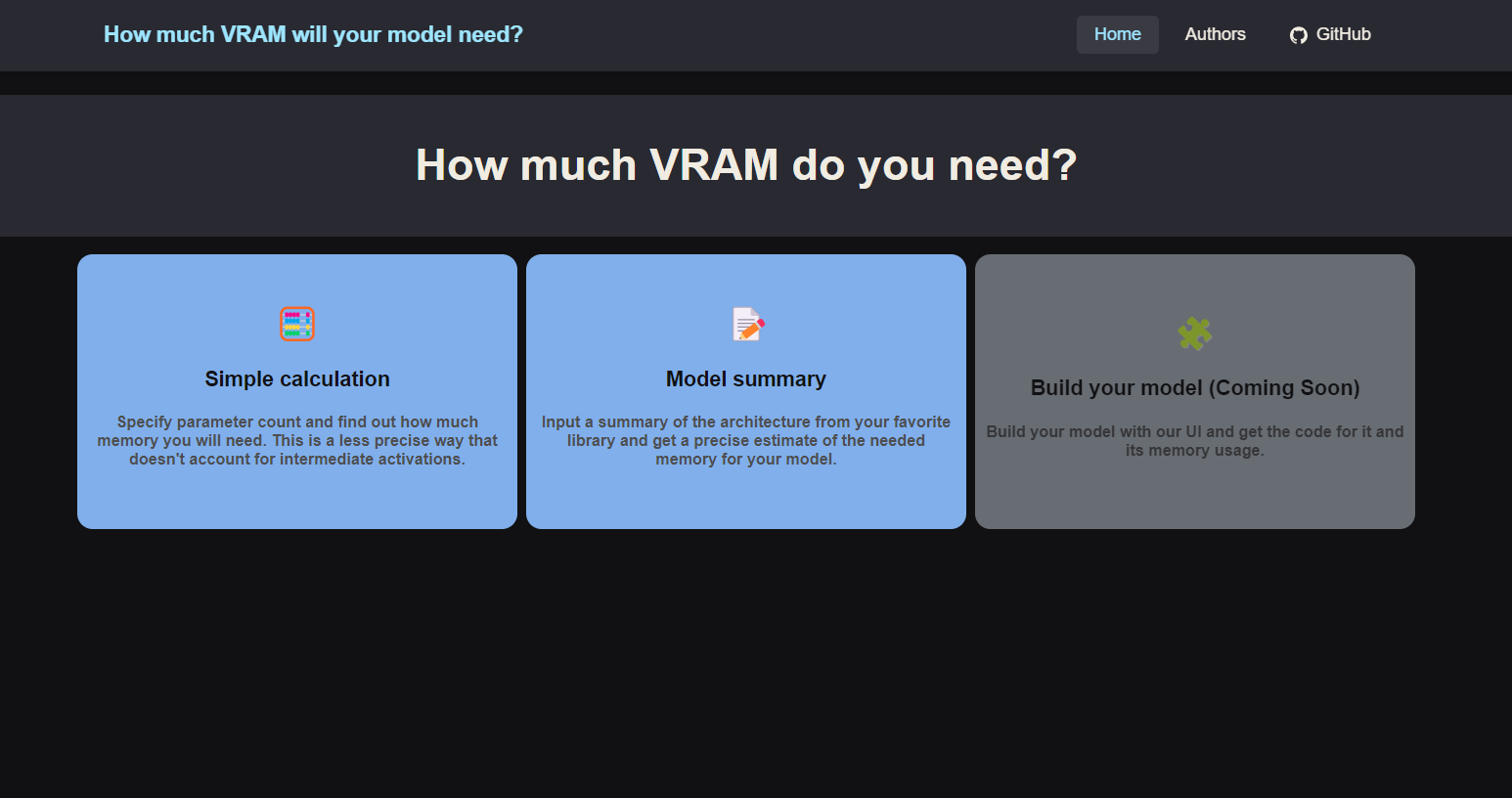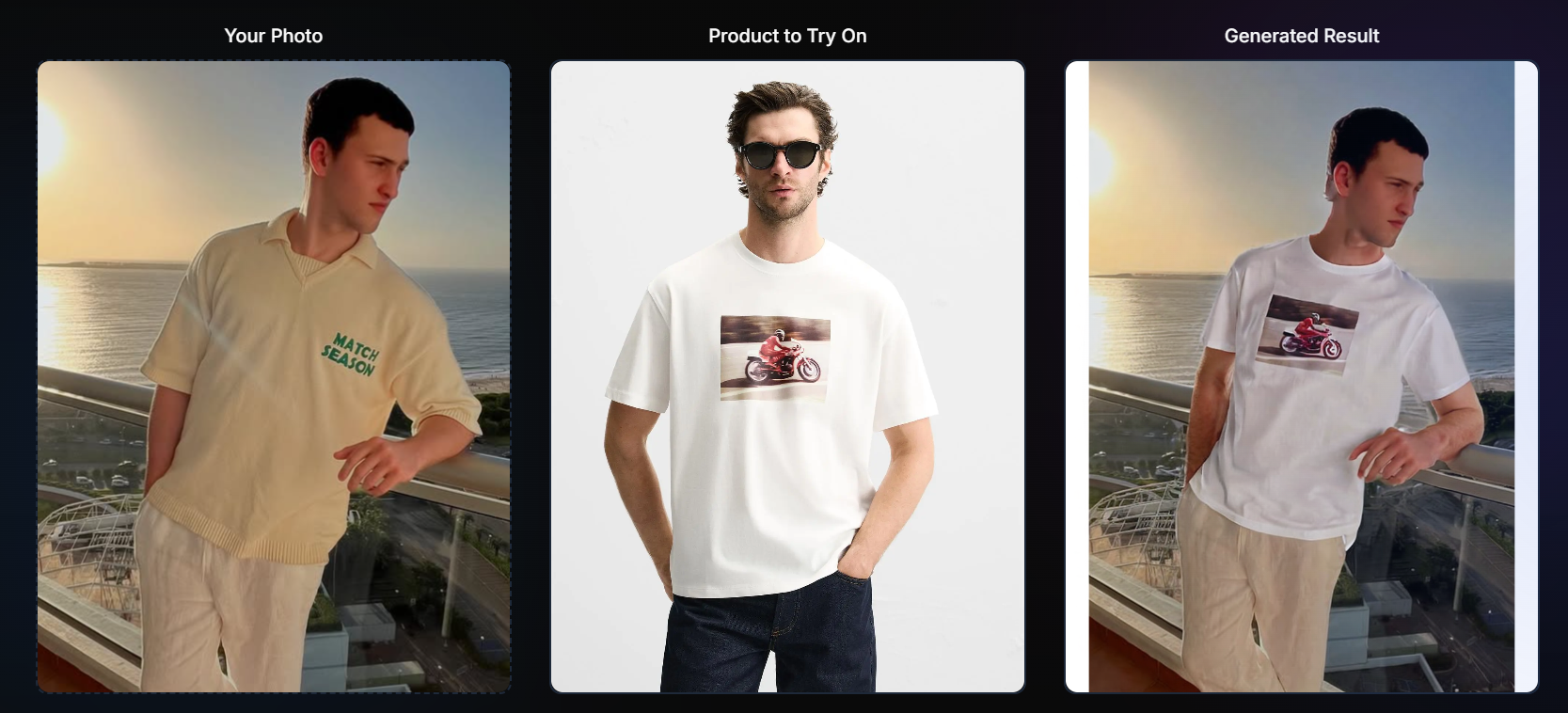Who I Am
AI Engineer & Entrepreneur
I discovered programming at the age of 15 and quickly became fascinated with artificial intelligence. This passion led me to found Satellites On Fire, a startup that provided real-time wildfire alerts using satellite and camera imagery, which secured over $400,000 in investment and resulted in a successful exit.
Currently pursuing a degree in Artificial Intelligence Engineering at Universidad de San Andrés (UdeSA) with a GPA of 9.17/10, I'm also working as a Computer Vision Engineer intern at Roboflow, where I contribute to open-source tracking libraries and write technical content for the AI community. I continue to explore the frontiers of AI through research and practical applications.
My work includes developing novel neural network architectures, building self-balancing robots, and creating cloud-based AI solutions. I'm passionate about leveraging technology to solve real-world problems and contribute to the advancement of artificial intelligence.
AI Innovation
I develop novel AI architectures and solutions, including my published work on Convolutional Kolmogorov Arnold Networks.
Entrepreneurship
Founded and led a successful AI startup that secured over $400,000 in investment with a focus on wildfire detection.
Continuous Learning
Constantly expanding my knowledge in AI, robotics, and computer vision through academic and practical projects.
Technical Expertise
Programming Languages
Core languages for AI and software development
AI & Machine Learning
Advanced AI and ML technologies
Data Science
Data processing and analysis
Cloud & DevOps
Cloud infrastructure and deployment
Robotics
Robotics and embedded systems
Research & Development
Academic and applied research
With extensive experience in both AI research and practical applications, I bring a comprehensive understanding of artificial intelligence and software engineering to every project.
Professional Journey
Open Source Intern
Roboflow
Contributing to open-source computer vision libraries and creating educational content for the AI community.
Key Achievements:
- Developed an AI system to detect 3-second rule violations on NBA videos, combining object detection, tracking, keypoint detection, pose estimation, and zone occupancy detection (+2000 reactions on LinkedIn)
- Contributed to the Trackers library (2k+ stars), the most important library for object tracking, implementing object tracking papers from scratch
- Contributed to Supervision repository with over 33k stars, the main library on computer vision tools for developers
- Created dataset with automatic labelling pipeline and hand revision, trained CV models to classify player air/ground status
- Added Huggingface's SmolVLM to Maestro library for finetuning multimodal models (+2.5k stars)
- Developed the basketball section on Roboflow sports repository, featuring court visualization, player detection, team classification, player radar (+4.5k stars)
- Added model evaluations to Roboflow's model leaderboard, the main leaderboard that evaluates SOTA object detectors on COCO dataset
- Published technical blog posts explaining computer vision algorithms
- Finetuned VLMs for reading basketball jersey numbers

Founder & CIO
Satellites On Fire
Founded and led an AI startup focused on real-time wildfire detection using satellite and camera imagery.
Key Achievements:
- Secured over $400,000 in investment funding
- Developed cloud-based AI models for wildfire detection
- Built serverless AWS infrastructure for real-time alerts
- AI algorithm monitored over 50 million hectares worldwide
- Successfully exited the company after achieving product-market fit
Featured Projects
NBA 3-Second Rule Violation Detection
Developed a comprehensive AI system to automatically detect 3-second rule violations in NBA videos. The system combines multiple computer vision techniques including object detection for player identification, tracking to maintain player identities across frames, keypoint detection for pose estimation, and zone occupancy detection to monitor when players enter and remain in the paint area. The system accurately counts time spent in the zone per player and automatically flags violations. This project received over 2000 reactions on LinkedIn and demonstrates the application of advanced computer vision techniques to sports analytics.
Key Features:
- Real-time object detection and tracking of players
- Keypoint detection and pose estimation
- Zone occupancy detection for the paint area
- Time in zone counting per individual player
- Automated violation detection with visual feedback
- Integration with NBA video analysis pipeline
Satellites On Fire

Satellites On Fire was my startup that provided real-time wildfire alerts using satellite and camera imagery. As the founder and CIO, I led the development of AI models capable of detecting wildfires from various image sources. The system used a serverless AWS backend to process images, run detection algorithms, and send instant notifications to users. The startup secured over $400,000 in investment and is still active, but I made a successful exit. This project combined my passion for AI with a solution to a critical environmental problem.
Key Features:
- Cloud-based models for real-time wildfire detection
- Satellite and camera image processing
- AWS serverless backend for instant notifications
- Historical data access and analysis
- Image collection and labeling pipeline
Convolutional Kolmogorov Arnold Networks
In this research project, I proposed a novel architecture for Convolutional Neural Networks based on Kolmogorov-Arnold Networks applied to Computer Vision. The key innovation was designing kernels as functions of the input pixels, enabling more learning at each convolution step. I published a paper on this work and released the open-source code, which has garnered more than 800 stars on GitHub and more than 110 citations from other researchers. My work received significant recognition in the field, including being interviewed by IEEE Spectrum about the implications of this architecture. This project demonstrates my ability to contribute to the theoretical advancement of deep learning while providing practical implementations for the research community.
Key Features:
- Novel CNN architecture based on Kolmogorov-Arnold Networks
- Kernels as functions of input pixels
- Enhanced learning capability per convolution
- Open source implementation with 850+ GitHub stars
- More than 110 academic citations
Balancio: Self-Balancing Robot
During my internship at the Robotics and AI Lab at UdeSA, I built a self-balancing robot with two wheels and developed a mobile application to control it remotely. The robot featured a camera system that enabled it to detect, track, and follow objects of interest. This project combined principles of control systems, computer vision, and mobile app development. The robot demonstrated stable self-balancing capabilities while simultaneously processing visual information to track and follow targets, showcasing the integration of multiple technologies in a single robotic system.
Key Features:
- Two-wheeled self-balancing mechanism
- Mobile app for remote control
- Camera integration for visual perception
- Object tracking and following capabilities
- Real-time control system
Super Mario DIAMOND

In this project titled '¿Sueñan los androides con Marios eléctricos?' (Do androids dream of electric Marios?), we adapted the DIAMOND architecture to create a neural network that replaces the Super Mario Bros game engine. The system consists of two main components: a Denoiser that predicts future game states in low resolution (64x60 pixels) and an Upsampler that increases the resolution to 256x240. We experimented with various data collection methods, including reinforcement learning agents and human gameplay, to train the model. The best results came from human gameplay data and balanced artificial datasets with game insights, which allowed the model to respond accurately to player inputs while maintaining visual fidelity and temporal coherence. This work demonstrates how diffusion models can be used to simulate complex game dynamics without traditional game engines.
Key Features:
- Adaptation of DIAMOND (DIffusion As a Model Of eNvironment Dreams) to Super Mario Bros
- Dual architecture with Denoiser (4M parameters) and Upsampler (50M parameters)
- Low-resolution game dynamics (64x60) upscaled to high-resolution (256x240)
- Multiple data collection strategies including human gameplay and RL agent data
- Interactive neural game engine responding to player inputs
How Much VRAM

How Much VRAM is a web-based calculator that helps AI researchers and engineers estimate the GPU memory requirements for training and inferring with deep learning models. This tool addresses a common pain point in the machine learning workflow: determining if a model will fit on your GPU before starting a potentially time-consuming training process. The calculator supports both PyTorch and TensorFlow frameworks and allows users to input various parameters such as model architecture, batch size, input dimensions, and precision (FP32, FP16, or INT8). By providing accurate VRAM estimates, the tool helps users optimize their model configurations and avoid out-of-memory errors. The project has gained popularity in the AI community, achieving over 100 stars on GitHub, and serves as a valuable resource for both beginners and experienced practitioners in the field.
Key Features:
- Accurate VRAM estimation for training and inference of neural networks
- Support for PyTorch and TensorFlow models
- Interactive web interface with real-time calculations
- Customizable parameters for model architecture, batch size, and precision
- Open-source project with 100+ GitHub stars
Trai: Virtual Try-On SaaS

Trai is a Software-as-a-Service (SaaS) platform that enables online shoppers to virtually try on clothing items before making a purchase. Using advanced deep learning models deployed on Google Cloud Functions with GPU acceleration, the platform can accurately render garments onto customer photos while maintaining lighting, pose, and fabric details. The serverless architecture ensures scalability and performance while keeping costs efficient. This project demonstrates my ability to build production-ready AI solutions that solve real business problems in the e-commerce space.
Key Features:
- Virtual clothing try-on using deep learning
- Serverless Google Cloud Functions with GPU acceleration
- Real-time garment visualization
- E-commerce integration
- Responsive web application
Awards & Achievements
Scientific and Cultural Interest of Buenos Aires
Awarded by the Congressmen of Buenos Aires for outstanding contribution to scientific advancement through innovative AI applications (Satellites On Fire).
Academic Excellence
Maintaining a GPA of 9.17/10 in the Artificial Intelligence Engineering program at Universidad de San Andrés (UdeSA).
Open Source Recognition
Convolutional Kolmogorov Arnold Networks repository has received over 800 stars on GitHub and more than 110 citations in academic papers.
Successful Startup Exit
Founded Satellites On Fire, which secured over $400,000 in investment and achieved a successful exit.
IEEE Spectrum Interview
Interviewed by IEEE Spectrum, a prestigious engineering magazine, about my research on Convolutional Kolmogorov Arnold Networks and its implications for the field of AI.
Technical Articles

Maths Behind Machine Learning: An Introduction to Gradient-Based Methods
A deep dive into the mathematics and intuition behind gradient descent, the fundamental optimization algorithm powering modern machine learning models.

Deployment of Serverless Machine Learning Models with GPUs using Google Cloud Run
A step-by-step tutorial on how to deploy machine learning models with GPU acceleration using Google Cloud's serverless architecture for cost-effective and scalable inference.

SORT Explained: Real-Time Object Tracking in Python
A comprehensive guide to understanding and implementing the SORT (Simple Online and Realtime Tracking) algorithm for real-time object tracking in computer vision applications.